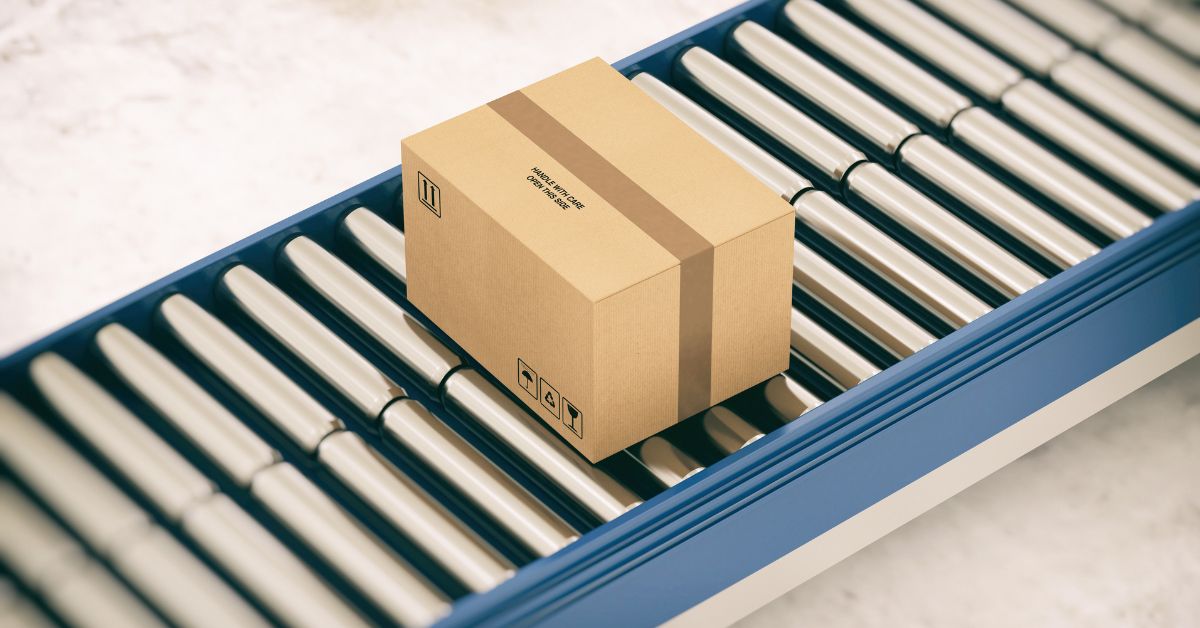5 Tips for Adding Automation to Your Factory

Automation has revolutionized the manufacturing sector, offering companies ways to enhance efficiency. However, adding this technology to your facility requires careful thought and strategic steps to maximize its benefits. Here are five tips for adding automation to your factory to minimize errors or disruptions during implementation.
Create a Plan
Preparation lays the groundwork for successful implementation. Determine your facility’s goals, whether they include increasing output, reducing manual tasks, or improving product quality. Create a budget and timeline to avoid unnecessary complications during the implementation process. A strategic approach keeps the process straightforward and allows you to focus on achieving clear results.
Talk to Your Employees
Your employees will play critical roles in the transition to automation. Take the time to explain to them why automation offers long-term benefits while addressing any concerns they may have. Some may fear these devices will replace them on your factory floor. Including your workers in the process will allow your company to experience a smoother shift while cultivating trust and morale. In addition, their insights regarding factory operations may contribute valuable perspectives you should consider during the decision-making process.
Seek Out the Appropriate Tech
Another important tip for adding automation to your factory is to seek out the appropriate tech. Research products that align closely with your processes, focusing on durability and innovation. Contact experts who understand industry-specific challenges so that they can guide you in this process. You should also focus on finding the highest-quality technology for your facility. For example, if you’re considering adding 3D printing to your factory, review tips for picking the best 3D printer. Avoid rushing through this step because choosing the wrong equipment can create complications for you later.
Monitor Its Performance
Once automation becomes part of your factory, monitor operational metrics like speed and accuracy to measure its success. Compare these factors against pre-automation benchmarks to identify improvements. If challenges arise, address them immediately to maintain optimal production rates. Fine-tuning automation based on these results enhances your reliability and output.
Maintain Your Devices
Reliable automation depends on proper maintenance of the equipment. Be familiar with these processes to prevent performance issues or potential malfunctions before they cause downtime. For example, if you add a conveyor to your plant, study tips for passing conveyor belt system inspections. You should also work with technicians or manufacturers specializing in automation technology to handle major repairs or upgrades. Neglecting maintenance shortens the lifespan of your equipment and disrupts factory productivity over time. Each factory has unique needs, but following these tips can create a smoother transition when adding automation. You can positively impact your business outcomes with careful implementation and continuous improvement.